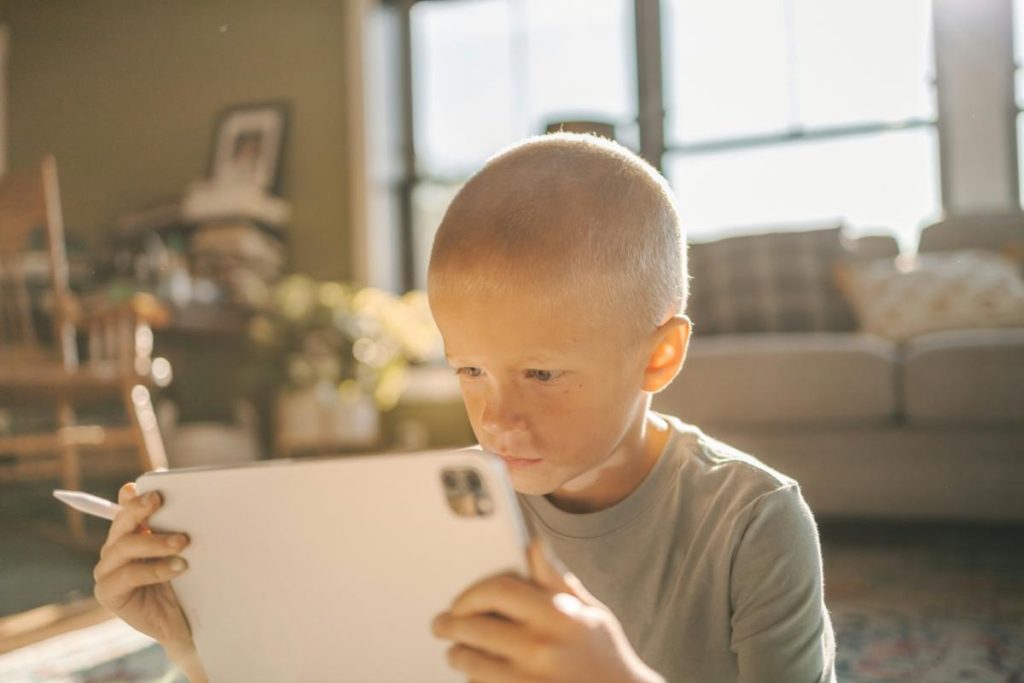
If your child has a habit of spending hours on their phone or tablet, it may be time to do a quick check of their devices to see if they’re safe from online threats. Some of the most popular apps have features that may lead to privacy issues and real-life dangers, and there’s a chance that these apps have been installed in your child’s gadgets. Take TikTok, for instance. Last year, the app was sued by the US Department of Justice as it was said to have committed privacy violations that threatened the safety of millions of children across the country.
According to a press release accompanying the lawsuit, TikTok violated the law by not deleting accounts of users they knew were children. It was also mentioned that the app “continued collecting children’s personal information, showing them videos not intended for children.” What’s more, the lawsuit stated that TikTok allowed adults to directly communicate with kids. Keeping your child safe from online predators and cybercriminals should always be a priority, especially if you allow your child to use gadgets during their free time. Setting up your child’s phone or tablet for Internet safety can keep them out of harm’s way while they’re learning or spending leisure time online.
Delete Dangerous Apps
If your child received a new device as a birthday present, you’ll want to check if it comes pre-installed with dangerous apps or apps that aren’t suitable for young children. Some of these questionable apps include Snapchat and Instagram. These platforms have features that can make pictures and messages disappear in just a few seconds, so predators can use them to send inappropriate content to your child.
Discord is another app that’s popular among kids and teens since they can use it to have virtual group hangouts and chat after school. However, it may expose your child to all kinds of harmful content, including bullying or hate speech. Some adults may even pretend to be a child and use it to join kids’ discord groups to influence or prey on children. If your child is younger than 13, keep these apps off of their devices, and always have conversations about safe and unsafe online behaviors so that they’re aware of them at all times.
Make it Inaccessible to Other Users
Since kids will be kids, it’s likely that they could leave their phone unattended in school, the playground, or in other public places once they get distracted. There’s a chance that this can happen more than once, so prevent other people from physically accessing their phone by locking the screen. You can have your child create a strong password, but as an additional protective measure, enable biometric security features on their phone to prevent anyone from unlocking their device.
Biometrics has its strengths and weaknesses, and some people may be wary about using it to keep their personal data safe. However, using it to keep your child’s device secure can be beneficial, since there’s hardly a chance that a classmate or a stranger can replicate your little one’s fingerprint or facial features. Also, only use biometrics to lock and unlock the phone. Don’t enable fingerprint recognition for in-app spending, unless you don’t mind seeing charges on your card for Roblox or Genshin Impact purchases.
Upload a Parental Control App
Young kids need to be monitored when they’re using their devices. But instead of hovering or peeking at their phone over their shoulder, try installing a parental control app on their gadget. Typical features of a good parental control app include Safe Search, options to block or allow websites, GPS tracking or child locator, battery charge level monitoring, app control, and app reports, among others. Some of the best parental control apps that you can get today are Kaspersky Safe Kids, Net Nanny, Norton Family, and Qustodio.
Certain apps and online activities can make your child vulnerable to cybercriminals and predators. Consider these tips to keep your child digitally safe, and let them know that they should always come to you in case they notice any suspicious activity on their phone or tablet.
